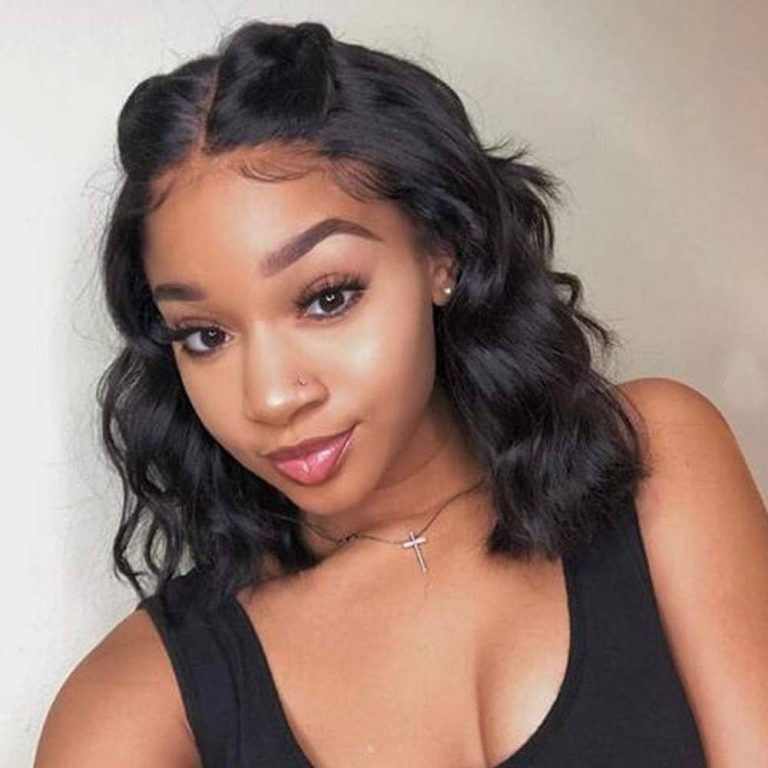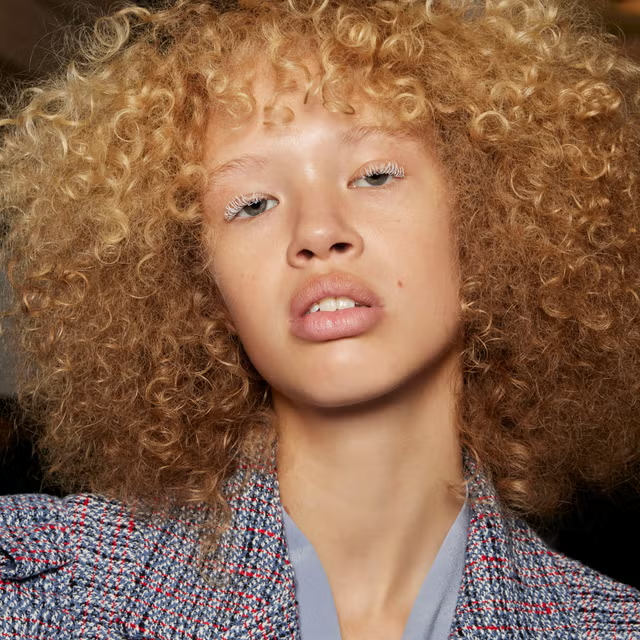
5 Steps to Defrizz Your Curly Hair Quickly
How to Defrizz Curly Hair
Curly hair often faces a common enemy: frizz. Understanding how to combat frizz can transform curls into soft, manageable spirals. Maintaining healthy, frizz-free curls requires a cohesive routine. How to defrizz curly hair? This blog outlines effective techniques and tips to achieve luscious, defined curls.
Understanding Frizz and Its Causes
Frizz happens when hair strands become dry and lack moisture. Curly hair tends to be drier due to its structure. Curly hair can trap natural oils less effectively than straighter textures. Consequently, this results in increased porosity. High humidity levels exacerbate this issue, allowing moisture to enter the hair shaft. This causes the cuticles to swell. As a result, curls look frizzy and undefined.
Moreover, environmental factors play a significant role in creating frizz. Wind, heat, and pollution can strip moisture from hair. This leads to hair that appears wild and unmanageable. Furthermore, the wrong hair care products can also contribute to the problem. Ingredients such as sulfates can cleanse hair too deeply, removing essential oils. This leaves curls vulnerable to frizz.
To prevent frizz, understanding its underlying causes becomes crucial. Adopting a tailored hair care routine is essential for creating sleek, beautiful curls. By implementing a consistent regimen, curly hair can become more manageable and vibrant. Therefore, taking the time to learn about hair texture is worthwhile.
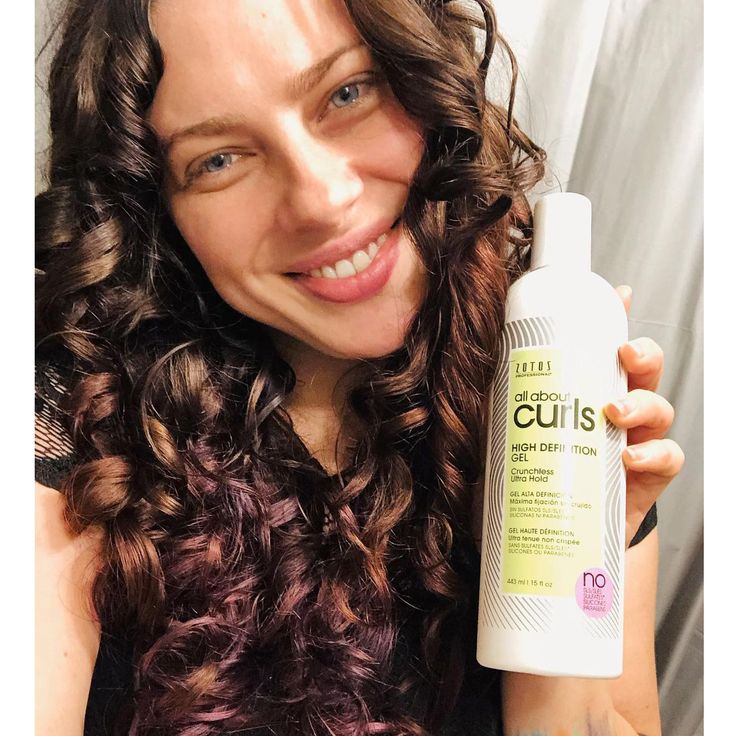
Choosing the Right Products
How to defrizz curly hair? Selecting the right products is vital for defrizzing curly hair. The first step is to pick a sulfate-free shampoo. Sulfates can strip curly hair of necessary moisture. Instead, opt for gentle cleansers that hydrate while cleaning. Look for shampoos infused with natural oils or nourishing ingredients.
Following the shampoo, applying a rich conditioner is essential. Conditioners provide needed hydration and nutrients to curls. Utilize a conditioner specifically designed for curly hair, as it is formulated to combat dryness. Leave the conditioner on for several minutes to ensure maximum absorption.
In addition, consider deep conditioning treatments regularly. Deep conditioners penetrate the hair shaft, providing substantial moisture. This can significantly reduce frizz, especially in humid conditions. While conditioning, look for products containing shea butter, jojoba oil, or coconut oil. These ingredients lock in moisture and enhance curl definition.
Furthermore, consider using leave-in conditioners. Leave-in treatments provide extended moisture throughout the day. They help to smooth down the hair cuticle, reducing the appearance of frizz. A light, creamy leave-in can make curls more manageable, providing protection against humidity.
Styling Products for Curls
When it comes to styling products, gels and creams can work wonders. For tighter curls, a strong-hold gel can help define texture. However, be cautious to avoid products with alcohol, as they can dry out hair. Instead, opt for alcohol-free gels for hold without the crunch.
For looser curls or waves, a curl cream is ideal. Curl creams often provide moisture while enhancing curl definition. In addition, they typically offer a softer, touchable finish. Apply these products while the hair is still damp for the best results.
Using the right amount of product is crucial to avoid weigh-down. Distributing product evenly through the hair helps prevent clumps and enhances definition. Scrunching the hair engages curl formation and promotes a natural look.
Ultimately, choosing the right products tailors to individual hair needs. It’s essential to experiment with different brands and formulations. Doing so can identify what works best for specific hair types. This personalized approach leads to stunning, frizz-free curls.
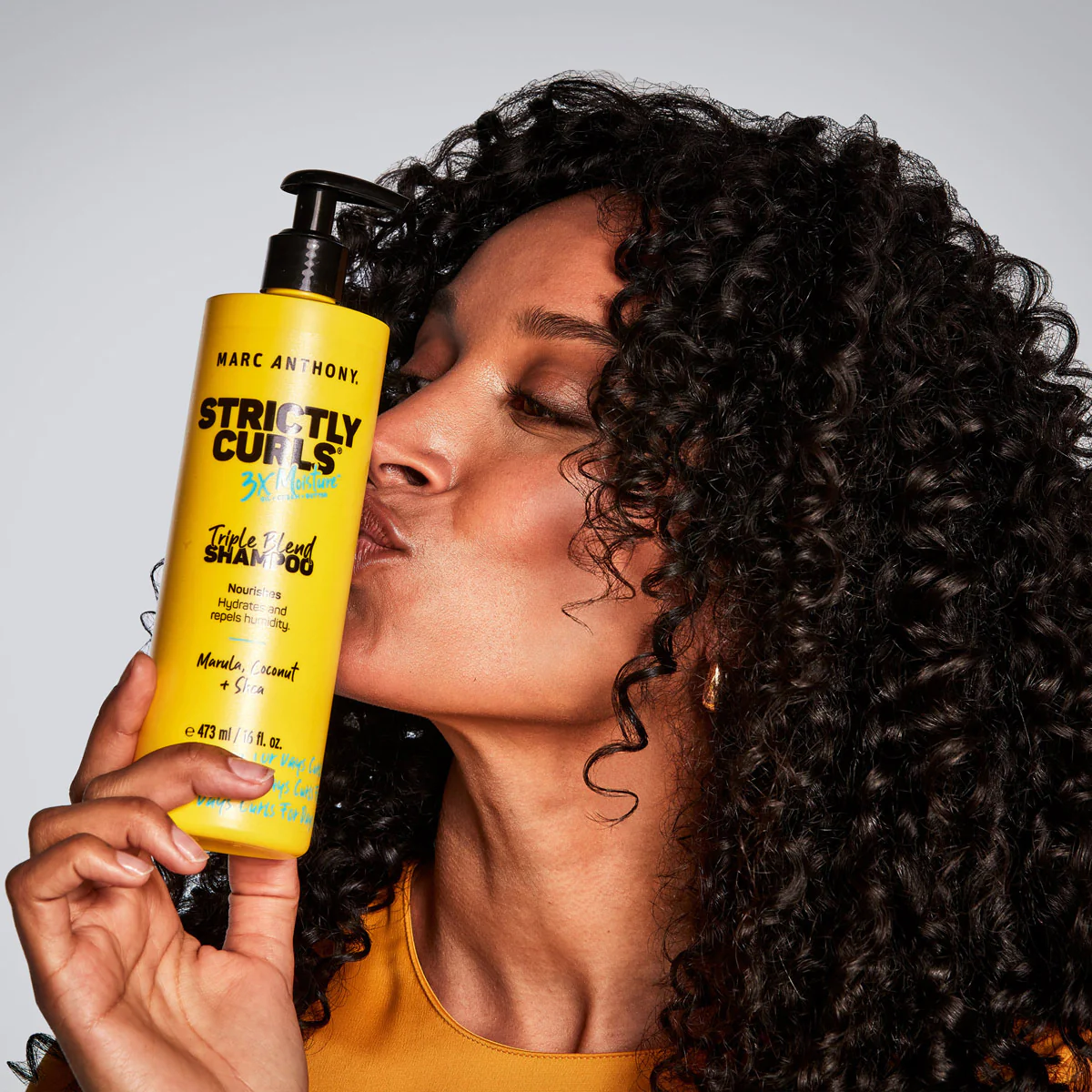
The Importance of Proper Washing Techniques
Proper washing techniques are key to managing frizz. How to defrizz curly hair? Start with thoroughly wetting the hair using lukewarm water. Hot water can strip away necessary oils, exacerbating dryness and frizz. Once the hair is adequately wet, apply the sulfate-free shampoo.
Use a gentle scrubbing motion on the scalp to remove buildup without damaging the strands. Remember, focusing on the scalp is essential since it’s where oils accumulate. After cleansing, rinse thoroughly to ensure all product is removed.
Apply conditioner to the lengths and ends of the hair. Use a wide-tooth comb for even distribution while the hair is still wet. This method helps detangle hair gently. Additionally, it avoids unnecessary breakage, a common cause of frizz.
After rinsing the conditioner, consider using the “plopping” technique. Plopping involves using a cotton T-shirt or microfiber towel to absorb excess water. Gently scrunch the curls while avoided harsh rubbing. This technique helps preserve curl shape and definition.
Finally, when drying, avoid aggressive towel-drying. Instead, pat dry gently with a soft T-shirt. This method reduces friction and helps prevent frizz from forming. Proper washing techniques support overall hair health and greatly impact frizz control.
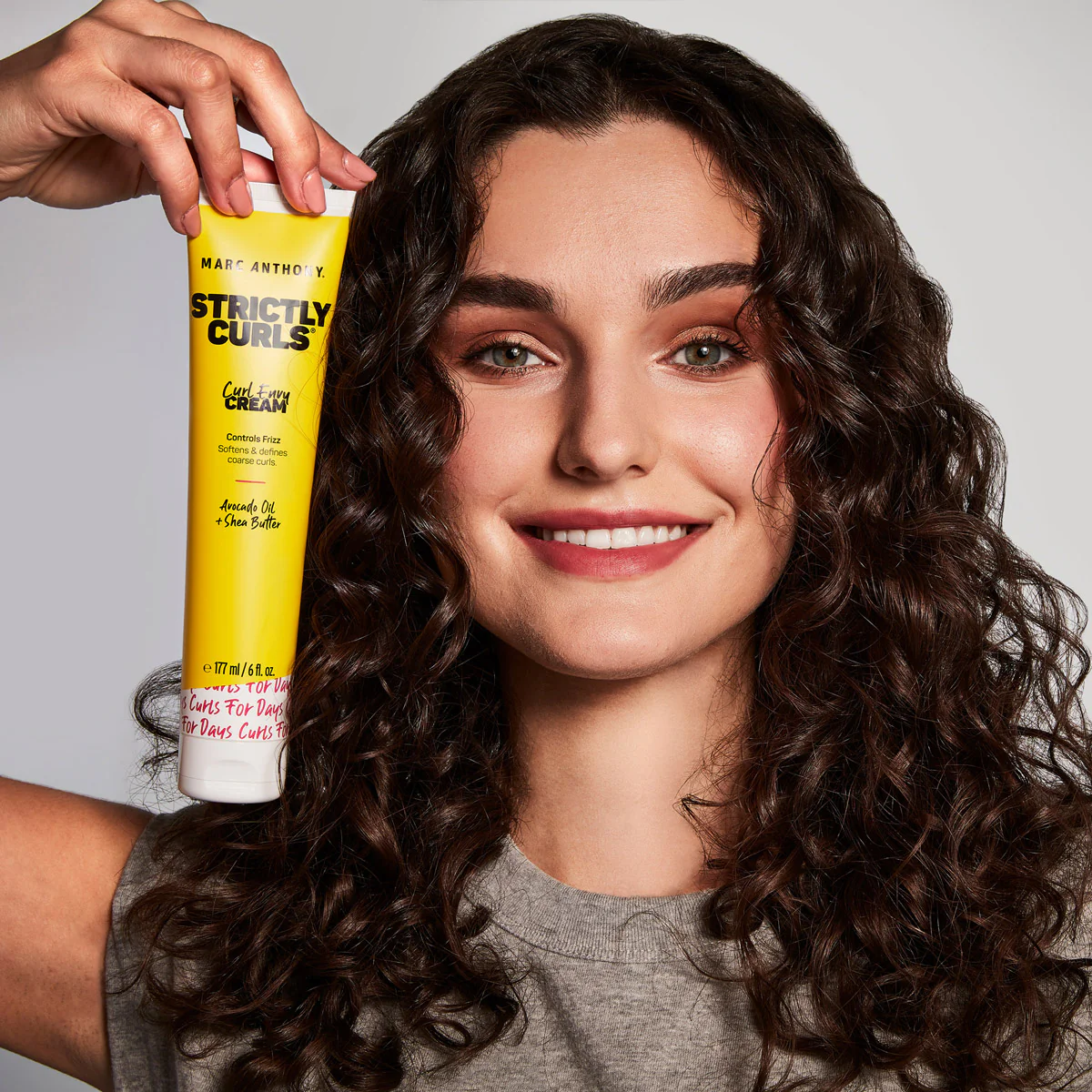
The Role of Air Drying vs. Heat Styling
When styling curly hair, consider the impact of drying techniques. Air drying is often considered the safest method for curly hair. This technique minimizes heat damage and maintains moisture balance. However, it may take longer for curls to dry fully.
To air dry effectively, apply styling products evenly and scrunch curls gently. Allow air circulation around the hair for the best results. For those in a hurry, a diffuser can help speed up the process. Diffusers distribute heat evenly, reducing frizz while defining curls.
On the other hand, heat styling tools can sometimes be necessary. Using a low-heat setting on curling irons or flat irons can create beautiful styles. However, these tools can damage hair if not used carefully. Always apply a heat protectant before styling with heat.
For best results, alternate between air-drying and heat styling. Combining techniques can create a diverse range of looks while managing frizz. Assess individual hair needs and adapt techniques accordingly.
Additionally, limiting heat styling can promote healthier curls. Reducing damage translates to less frizz and enhanced curl definition. Emphasizing a heat-free routine may lead to more vibrant, resilient curls. Thus, carefully consider drying methods for perfect, frizz-free locks.
Incorporating Protective Styles
Protective styles can also significantly reduce frizz and enhance curl health. How to defrizz curly hair? These styles shield hair from environmental factors and minimize manipulation. Some popular protective styles include braids, twists, and updos.
Start by cleansing and moisturizing the hair thoroughly. This ensures that curls are well-hydrated before styling. When creating protective styles, aim to avoid tight pulls. Tight styles can lead to breakage and frizz, ultimately negating the benefits.
Consider wearing a protective style for several days or weeks. This gives the curls a break from manipulation and environmental stress. While in this style, maintain moisture by using a light leave-in conditioner. This nourishes the hair without weighing it down.
After wearing a protective style for a period, gently unravel it. Use a bit of oil on fingers to minimize frizz when separating curls. Carefully separate each curl to avoid frizz and maintain definition.
Finally, regularly incorporating protective styles into a hair care regimen can promote healthy growth. Ultimately, they support the maintenance of beautiful, frizz-free curls. Thus, experimenting with various protective styles is beneficial.
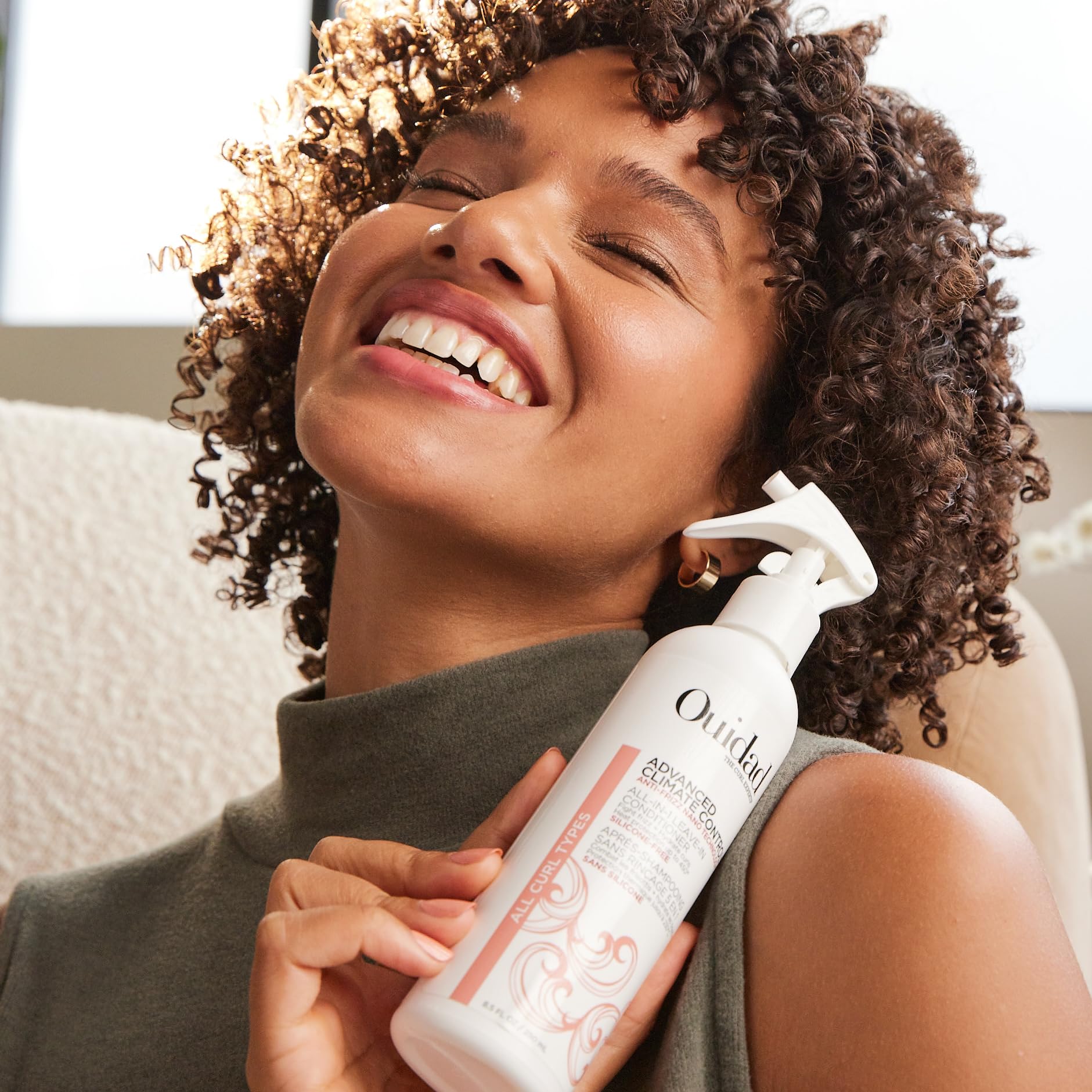
Maintaining a Healthy Diet
A healthy diet plays a crucial role in maintaining beautiful, frizz-free curly hair. Hair needs essential nutrients to thrive, such as vitamins, minerals, and proteins. Incorporating foods rich in omega-3 fatty acids can enhance hair health. Fish, nuts, and seeds are excellent sources of omega-3s.
Additionally, consuming foods high in vitamins A, C, and E promotes healthy hair. These vitamins help create a healthy scalp and support hair growth. Foods like spinach, sweet potatoes, and berries contribute valuable nutrients.
Moreover, staying hydrated is crucial for maintaining moisture levels in hair. Drinking enough water helps keep hair hydrated from the inside out. It supports optimal functioning of hair follicles and reduces frizz.
Limiting sugar and processed foods can also help. These foods can lead to inflammation and negatively affect hair health. Instead, choose whole, nutrient-dense foods for a supportive diet.
Ultimately, maintaining a well-balanced diet contributes significantly to hair health. By supporting internal health, external results become apparent. Healthy hair translates to reduced frizz and enhanced curl definition. It’s essential to view diet as part of a comprehensive hair care approach.
Coping with Seasonal Changes
Successfully managing curly hair often requires adapting to seasonal changes. Different weather conditions can significantly affect hair texture. For example, winter cold can lead to dry, frizzy hair. In contrast, summer humidity can cause increased frizz and flyaways.
During colder months, prioritize hydration. Use heavier hair oils or deep conditioning treatments to combat dryness. These add moisture and prevent frizz-inducing static. Additionally, wear a hat or scarf to protect curls from frigid air.
In warmer months, opt for lightweight products. Gel and cream formulations can help define curls without weighing them down. Furthermore, sprinkle hair with water before going outdoors. This can help close the hair cuticles and block excess humidity.
Additionally, consider adjusting hair care routines seasonally. Regularly assess the products used and adapt accordingly. This ensures curls remain well-hydrated and manageable.
Ultimately, embracing seasonal changes in hair care can lead to improved results. Being proactive about alterations in the environment can minimize frizz. Thus, staying aware of seasonal effects supports vibrant, frizz-free curls.
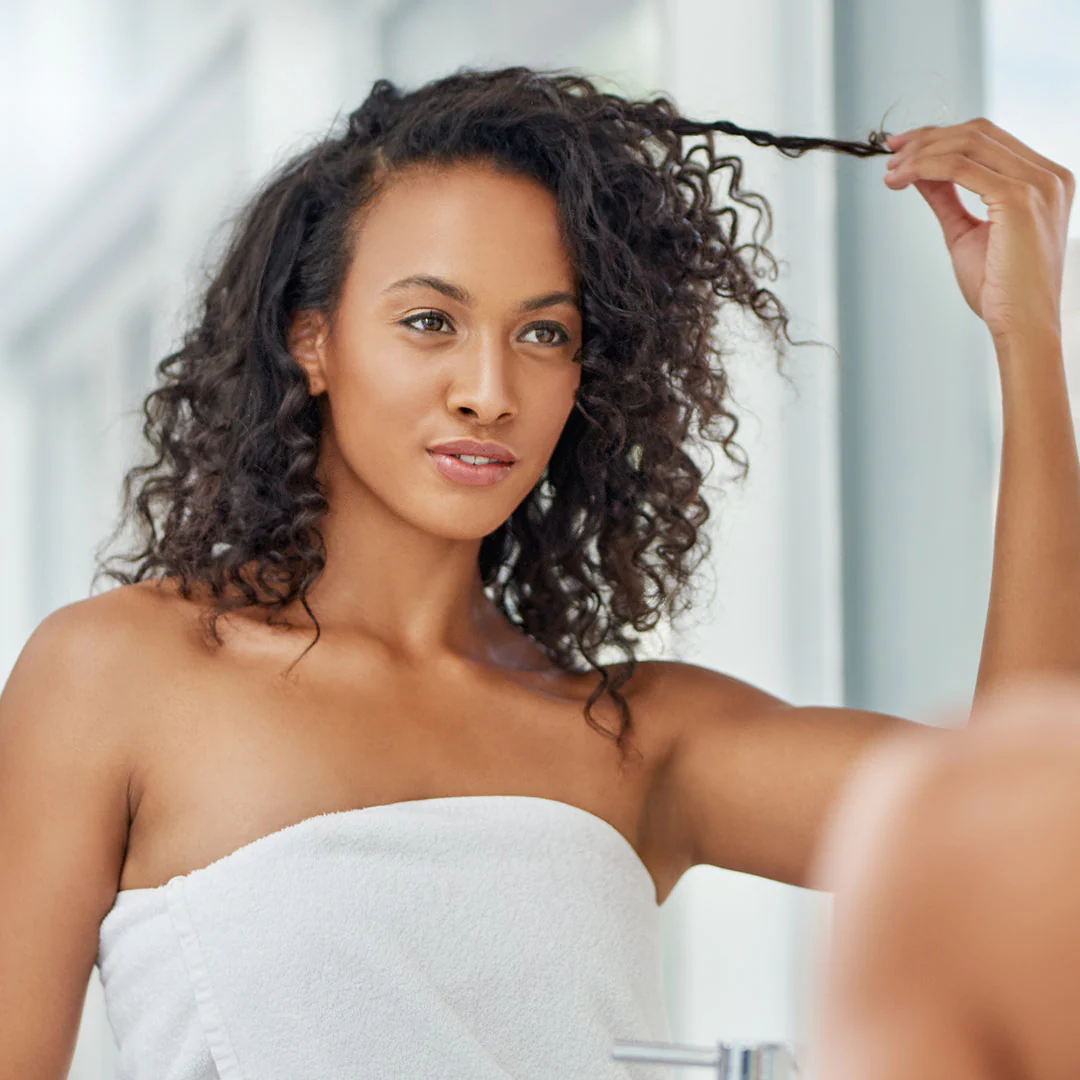
Conclusion: Embracing Healthy Curls
Defrizzing curly hair takes time, patience, and the right approach. By understanding hair needs and selecting proper products, curls can thrive. Moreover, adopting effective washing and styling techniques plays a significant role. Incorporating protective styles and maintaining a healthy diet further enhances results.
It’s essential to recognize that frizzy hair is not a personal flaw but a natural texture. With the right care, curls can be celebrated and cherished. Regular adjustments to hair care routines support vibrant, healthy locks.
Embracing unique hair textures encourages self-confidence and personal expression. Those with curly hair should feel empowered to experiment with various styles and techniques. Ultimately, knowledge and care lead to stunning, frizz-free curls that stand out.
Prioritize nurturing hair, and enjoy the journey of self-expression through beautiful curls. With dedication and practice, achieving luscious, frizz-free curls is within reach. Embrace the journey of loving curls, and be proud of the unique beauty they offer!

